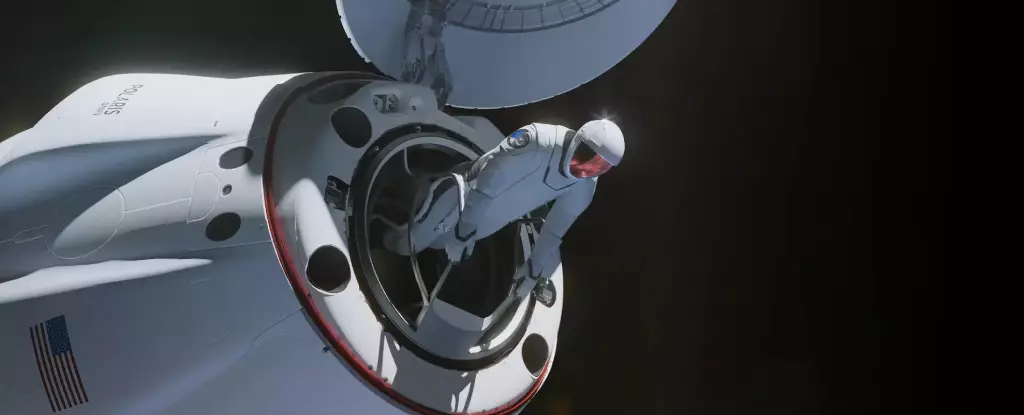SpaceX is on the brink of making history once again with the upcoming launch of the Polaris Dawn mission. Spearheaded by billionaire entrepreneur Jared Isaacman, this all-civilian crew is gearing up for an orbital expedition that includes a groundbreaking spacewalk by private citizens. Scheduled for liftoff from NASA’s Kennedy Space Center in Florida, this mission is set to push the boundaries of human exploration in space.
The Polaris Dawn mission is a significant milestone in space exploration, as it marks the first-ever commercial spacewalk by private citizens. With a diverse and experienced crew led by mission commander Jared Isaacman, the team is poised to embark on a daring journey that will test the limits of human capability in space. From extensive training to cutting-edge technology, this mission represents a new chapter in the exploration of the cosmos.
Unveiling the Crew and Mission Plan
The crew of the Polaris Dawn mission is a team of seasoned professionals from various backgrounds, including aerospace engineering and space operations. With mission pilot Scott Poteet, mission specialist Sarah Gillis, and mission specialist and medical officer Anna Menon on board, this quartet has undergone rigorous training to prepare for the challenges of space travel. From simulated missions to extreme environment training, the crew is ready to take on the unknown.
The Polaris Dawn mission is just the beginning of a larger initiative known as the Polaris program. This collaborative effort between Jared Isaacman and SpaceX aims to develop and test new technologies and operations that will pave the way for future space exploration. With a bold vision to enable humanity to journey among the stars, the Polaris program is set to redefine the possibilities of space travel.
Challenges and Discoveries in Space
As the Polaris Dawn mission soars to a peak altitude of 870 miles, the crew will face unique challenges, including exposure to the Van Allen radiation belt. However, the crew is equipped with state-of-the-art extravehicular activity (EVA) spacesuits that will enable them to conduct a spacewalk and perform experiments at a record-breaking altitude. From testing satellite communication to monitoring changes in eye pressure, the crew is poised to make significant discoveries in space.
Looking to the Future: Starship and Beyond
The Polaris program is set to embark on two more missions, including the maiden crewed flight of Starship, SpaceX’s next-generation rocket. With plans to colonize Mars and push the boundaries of human exploration even further, SpaceX is leading the charge in shaping the future of space travel. As the crew of the Polaris Dawn mission prepares to return to Earth after six days in space, they are paving the way for a new era of exploration and discovery.
The Polaris Dawn mission represents a significant leap forward in space exploration, with the potential to unlock new frontiers and push the boundaries of human capability in space. As SpaceX and its partners continue to innovate and push the limits of technology, the future of space exploration looks brighter than ever.


Leave a Reply